Laser blepharoplasty
Laser blepharoplasty is a modern method of correcting age-related changes in the skin around the eyes. This method provides the opportunity for rejuvenation without the need for classical surgery. One of the leading centers where this procedure is performed is the K+31 clinic.

specialists

equipment

treatment
General information about the
laser blepharoplasty procedure
How is the procedure performed?
The procedure for removing bags under the eyes with a laser begins with preparation. The specialist removes makeup from the skin and applies a numbing cream to it. This helps reduce discomfort during the procedure. Further steps:
Eye protection. A special protective lens is placed on the eyeball. It is needed to prevent possible harm from laser radiation.
Laser exposure. The procedure itself is carried out using a laser, which acts on the skin in a targeted manner. This leads to tightening of the skin and starting the process of regeneration of new structures
Post-procedure effects. After treatment, antiseptic agents are applied to the skin. This is required to prevent infections. A cold compress is then applied to the treated area to reduce swelling and discomfort.
Various methods of hardware blepharoplasty include laser exposure, electromagnetic radiation, weak electric current, ultrasound and cold plasma. The choice of method depends on the specific goals and needs of the patient.
As a result, due to the denaturation of collagen fibers and their subsequent contraction and compaction, the skin is tightened and renewed. In this way, a frame is formed that supports the skin and smoothes out wrinkles.
It is important to consider that the effectiveness of the procedure depends on various factors. In particular, the severity of age-related changes, the temperature of tissue heating and the depth of exposure are taken into account.
Features of rehabilitation
The rehabilitation period after laser eyelid resurfacing helps achieve the desired result. The duration and features of rehabilitation depend on age, type of skin and structure of tissue in the eye area. On average it takes from several days to 2 months.
In the first days after using laser under the eyes, patients experience pain. Many people complain of dry eyes and heaviness of the eyelids. Swelling usually goes away within 7-10 days, and complete disappearance of traces of hematomas occurs after 2-3 weeks.
To speed up the healing process, it is recommended to adjust your lifestyle: follow a special diet (prescribed by a doctor), limit eye strain and wear sunglasses. It is also important to follow your doctor's recommendations for the use of medications, ointments, and drops designed to reduce swelling, pain, and promote healing.
Gymnastics for the eyes can help eliminate puffiness and tighten sagging skin (exercises are prescribed individually). If all instructions are followed, the effect of laser eyelid resurfacing can last up to 10 years.


About the Department of Aesthetic Medicine K+31
Make an appointment at a convenient time on the nearest date

This award is given to clinics with the highest ratings according to user ratings, a large number of requests from this site, and in the absence of critical violations.

This award is given to clinics with the highest ratings according to user ratings. It means that the place is known, loved, and definitely worth visiting.

The ProDoctors portal collected 500 thousand reviews, compiled a rating of doctors based on them and awarded the best. We are proud that our doctors are among those awarded.
Price
Other cosmetology and dermatology treatment services






















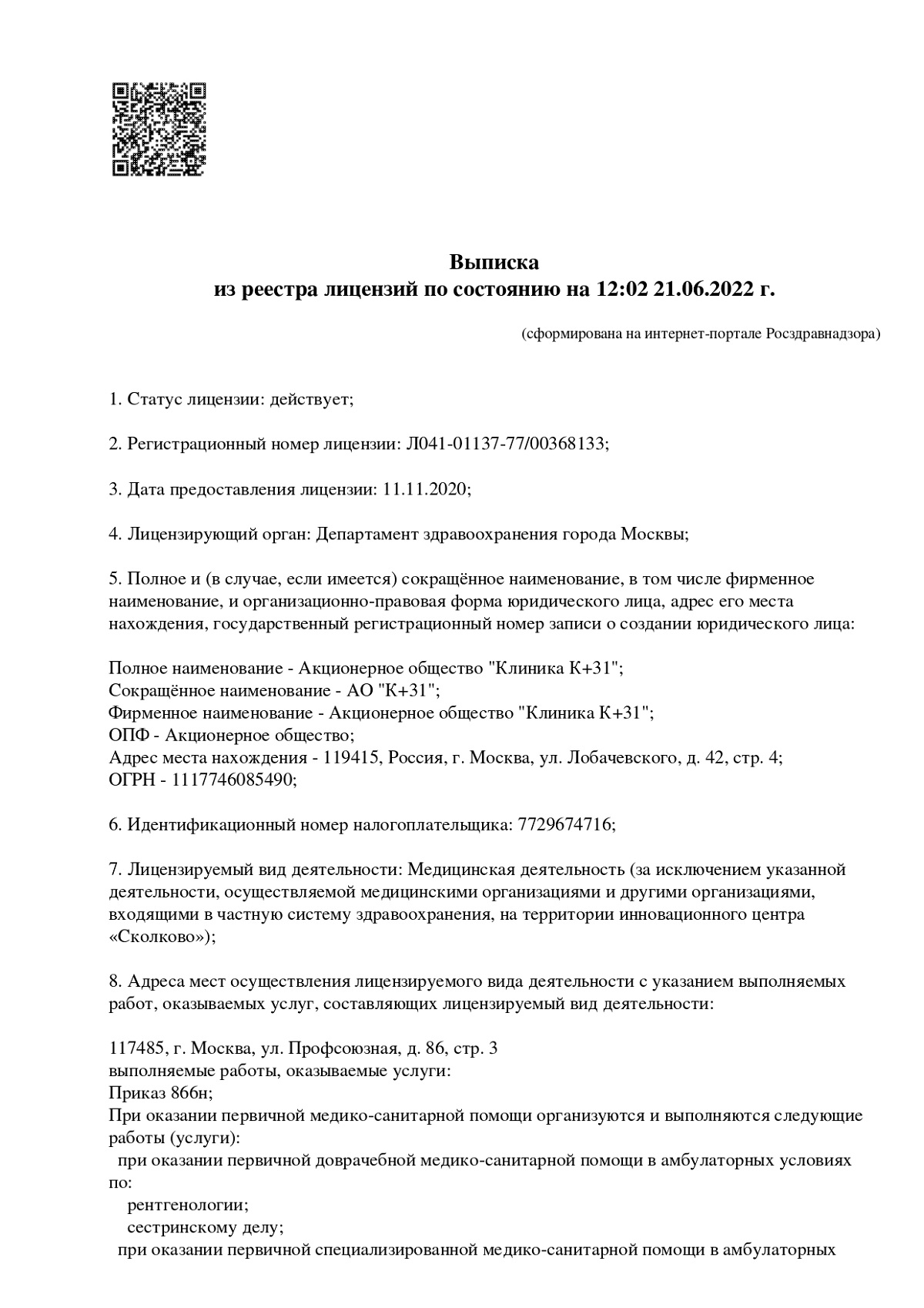
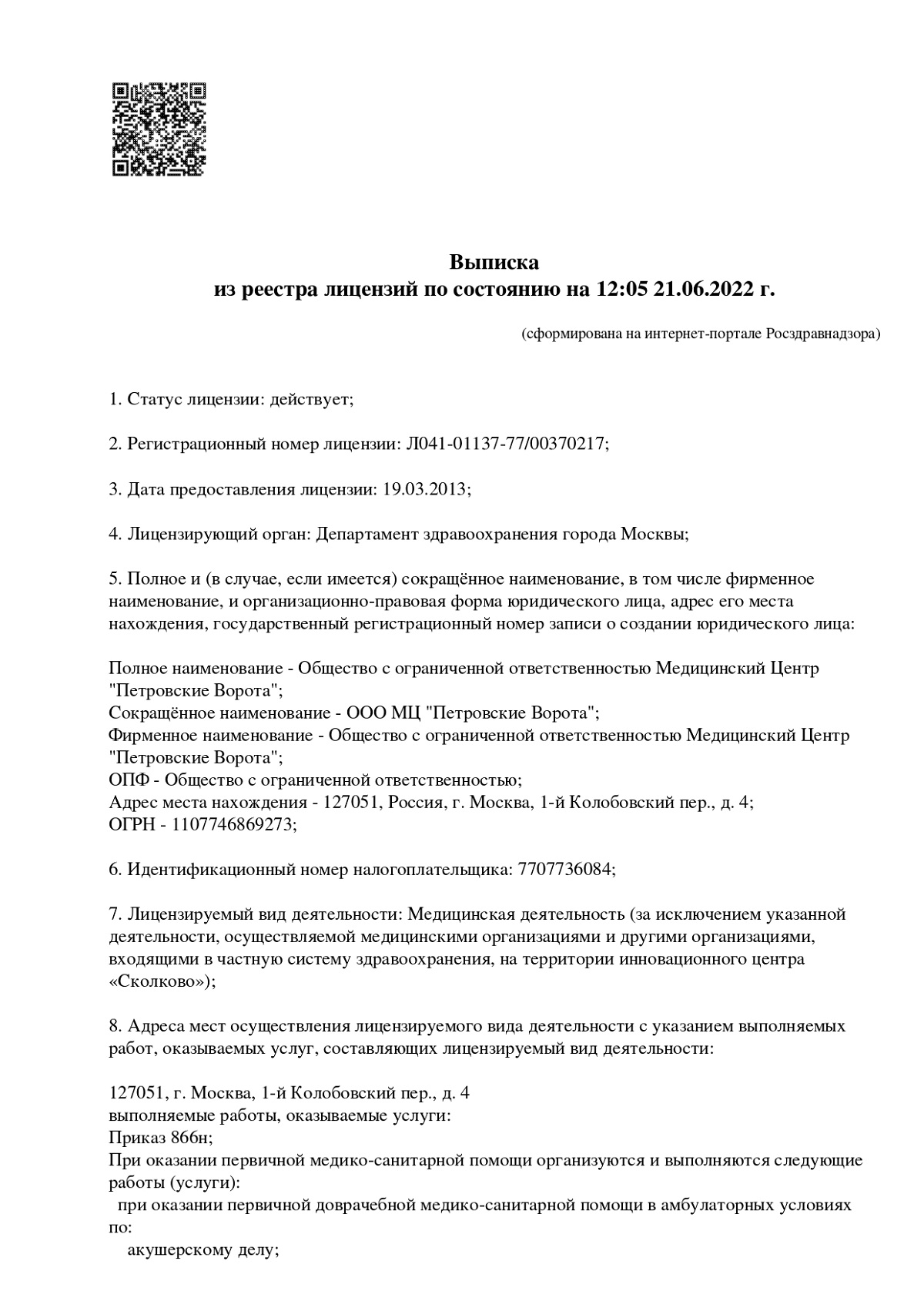
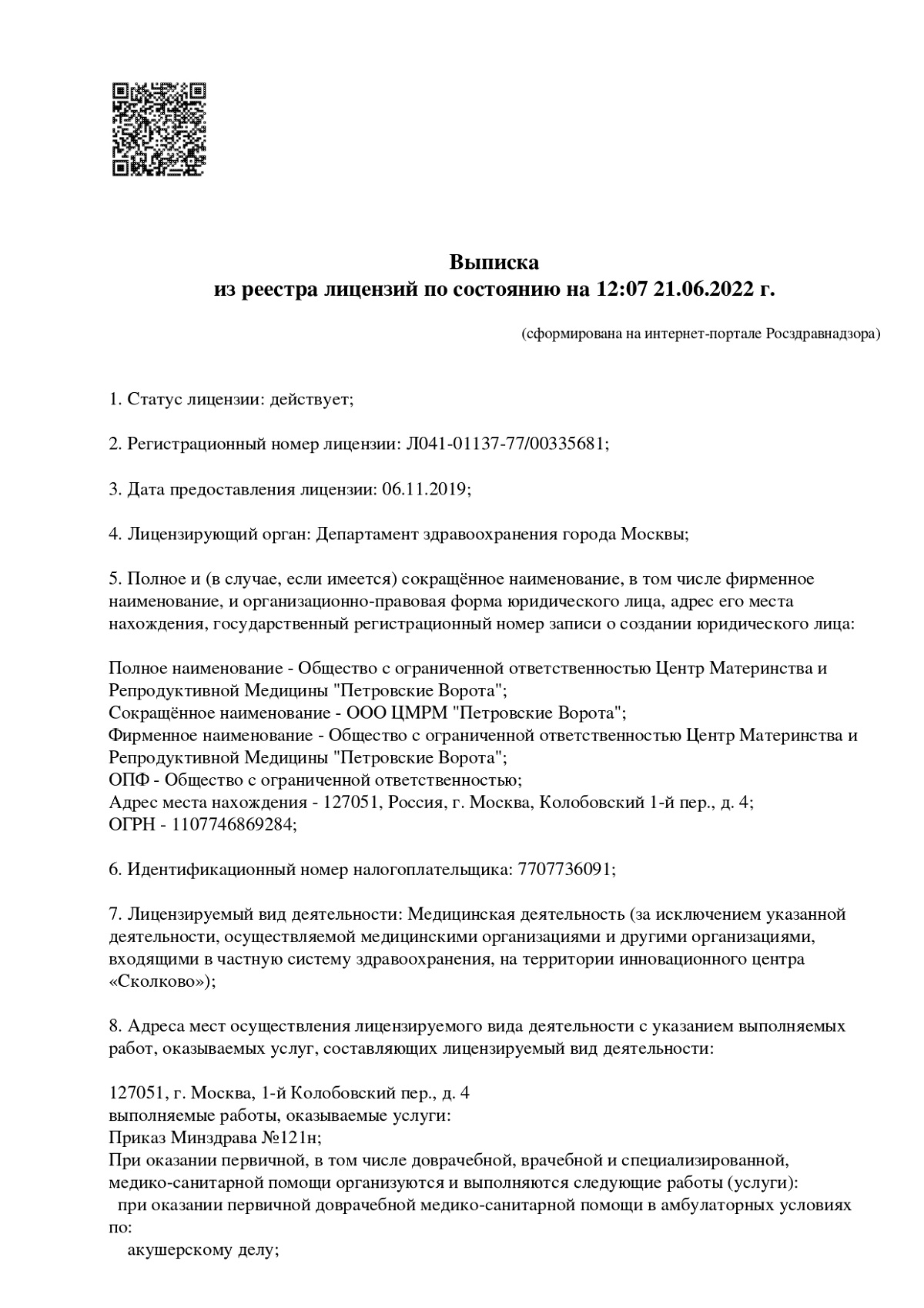
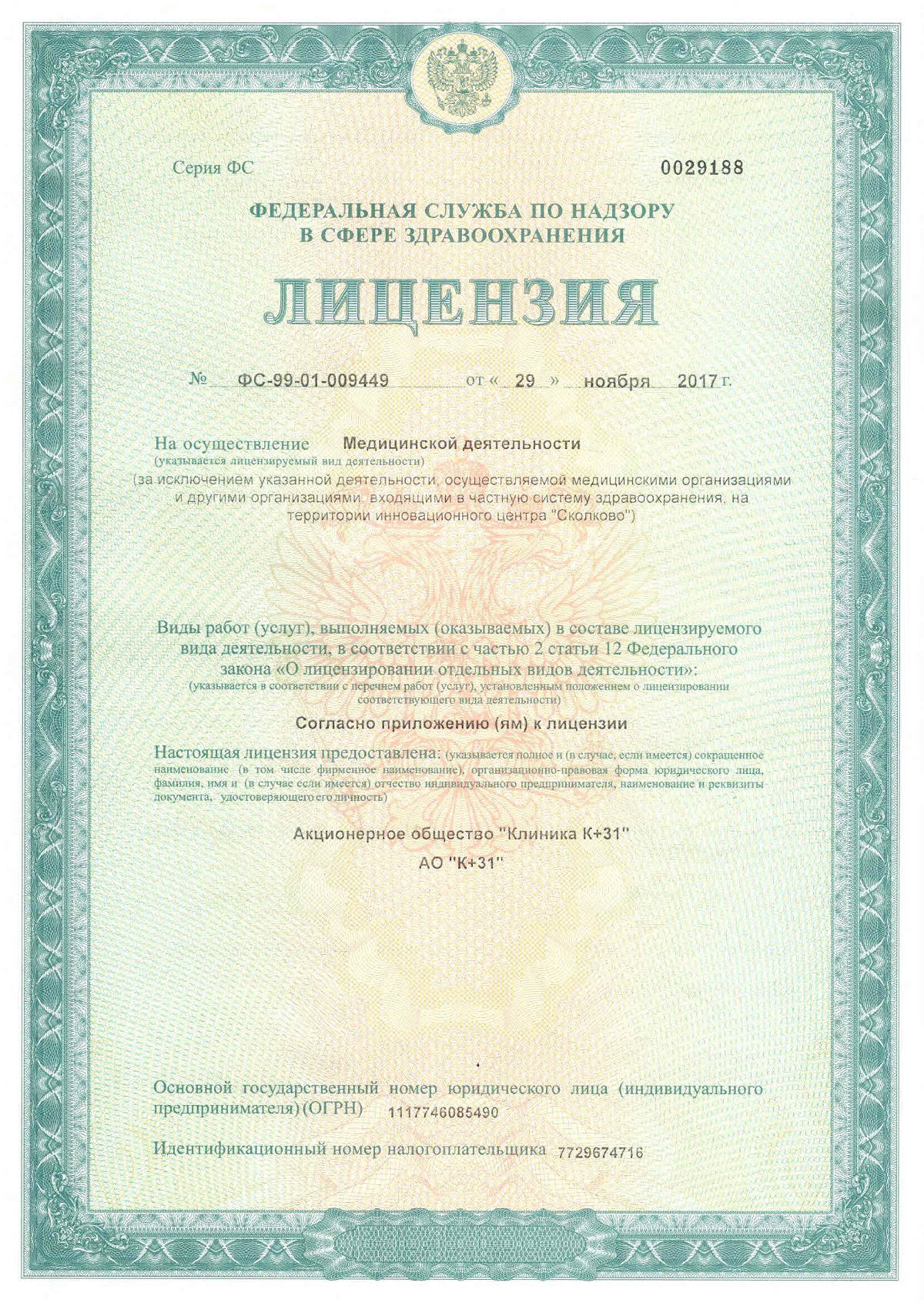
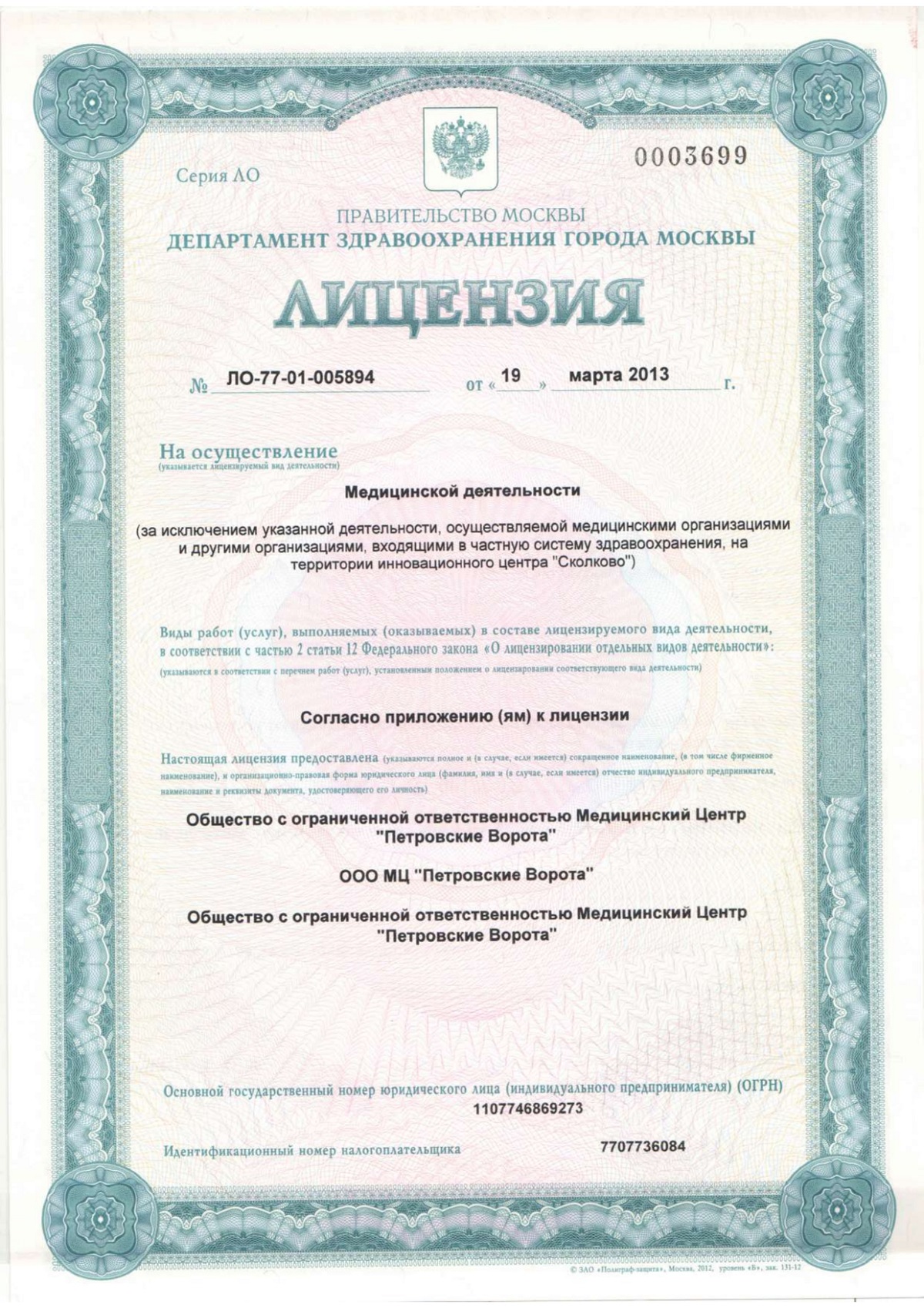
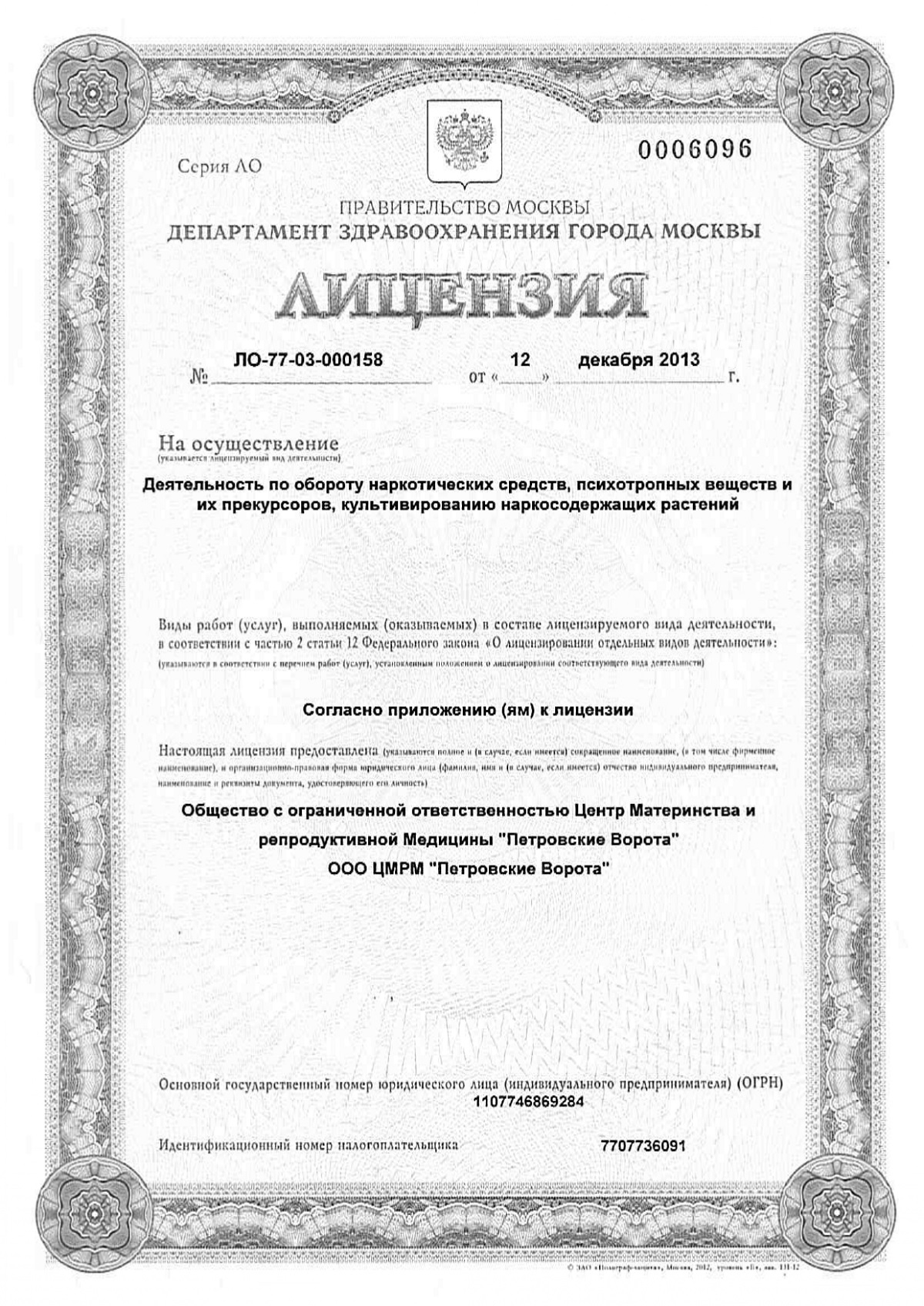
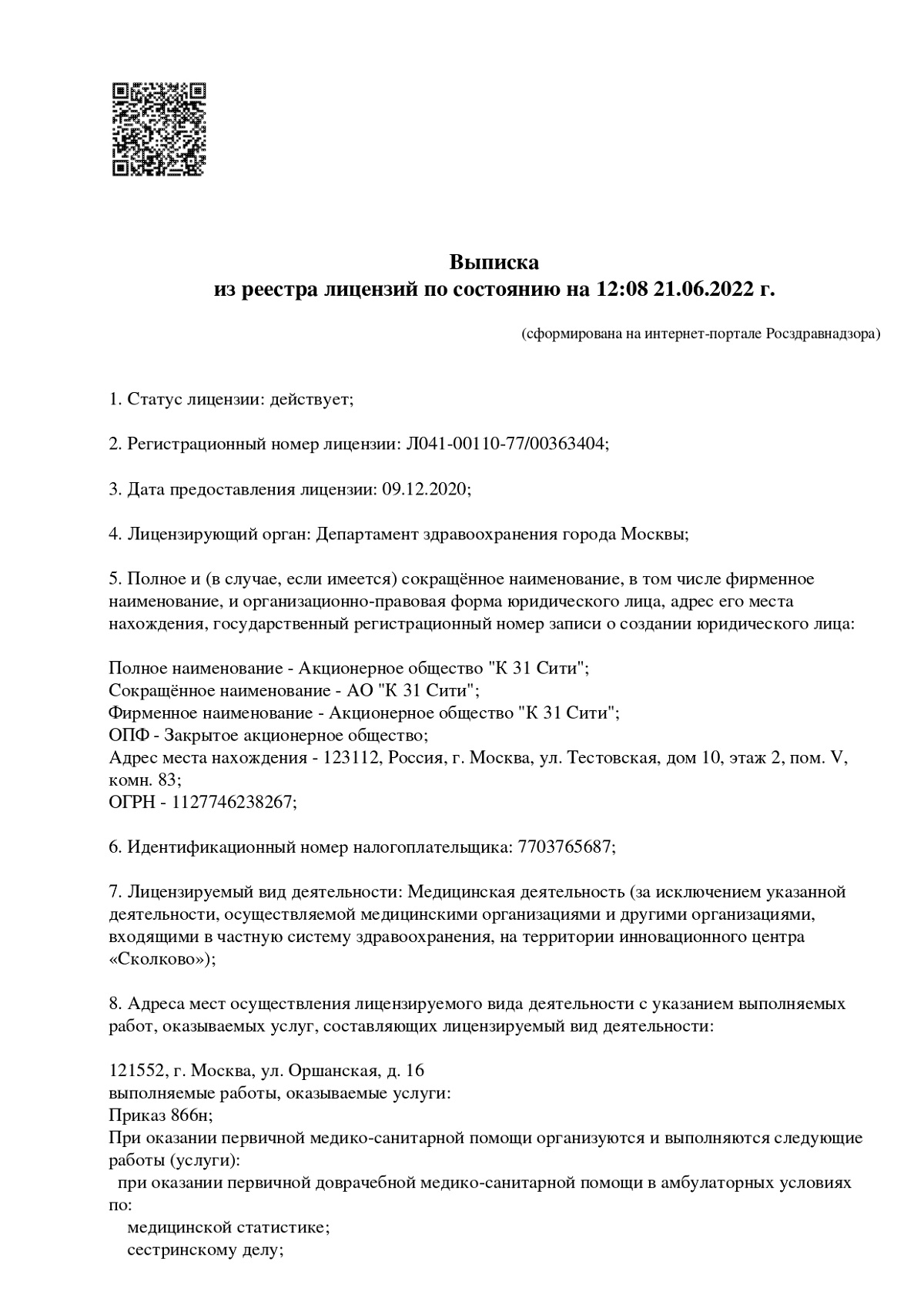
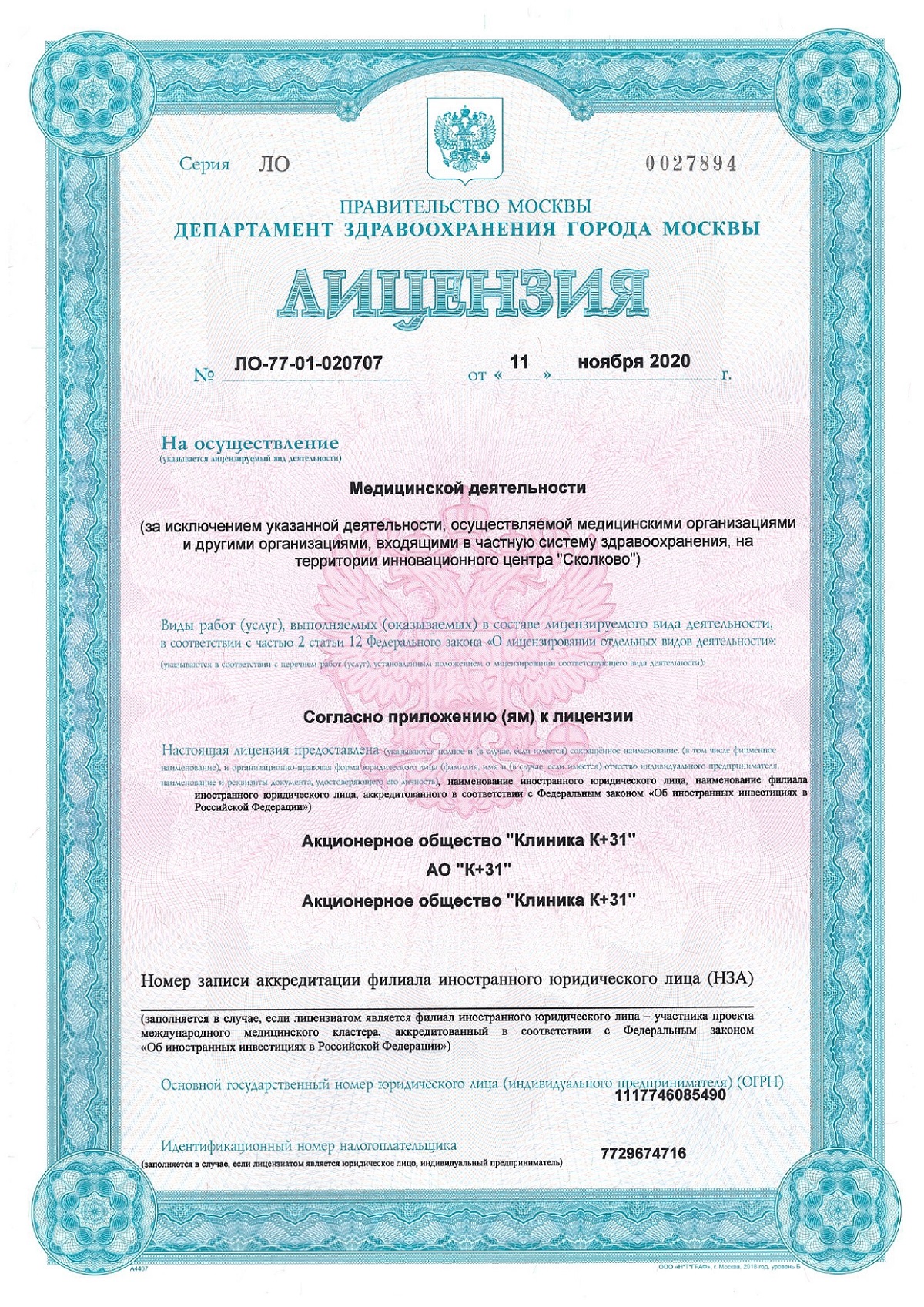
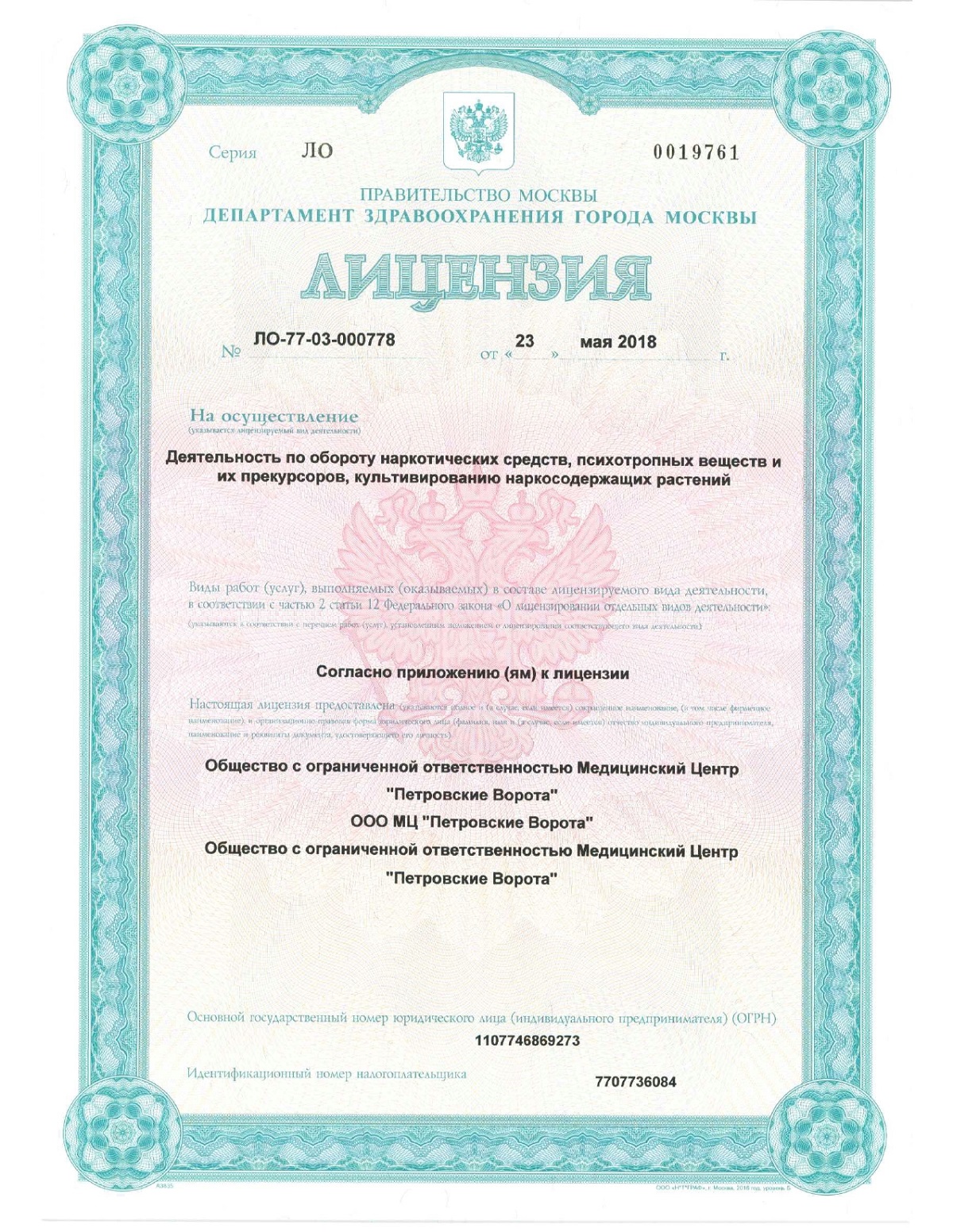
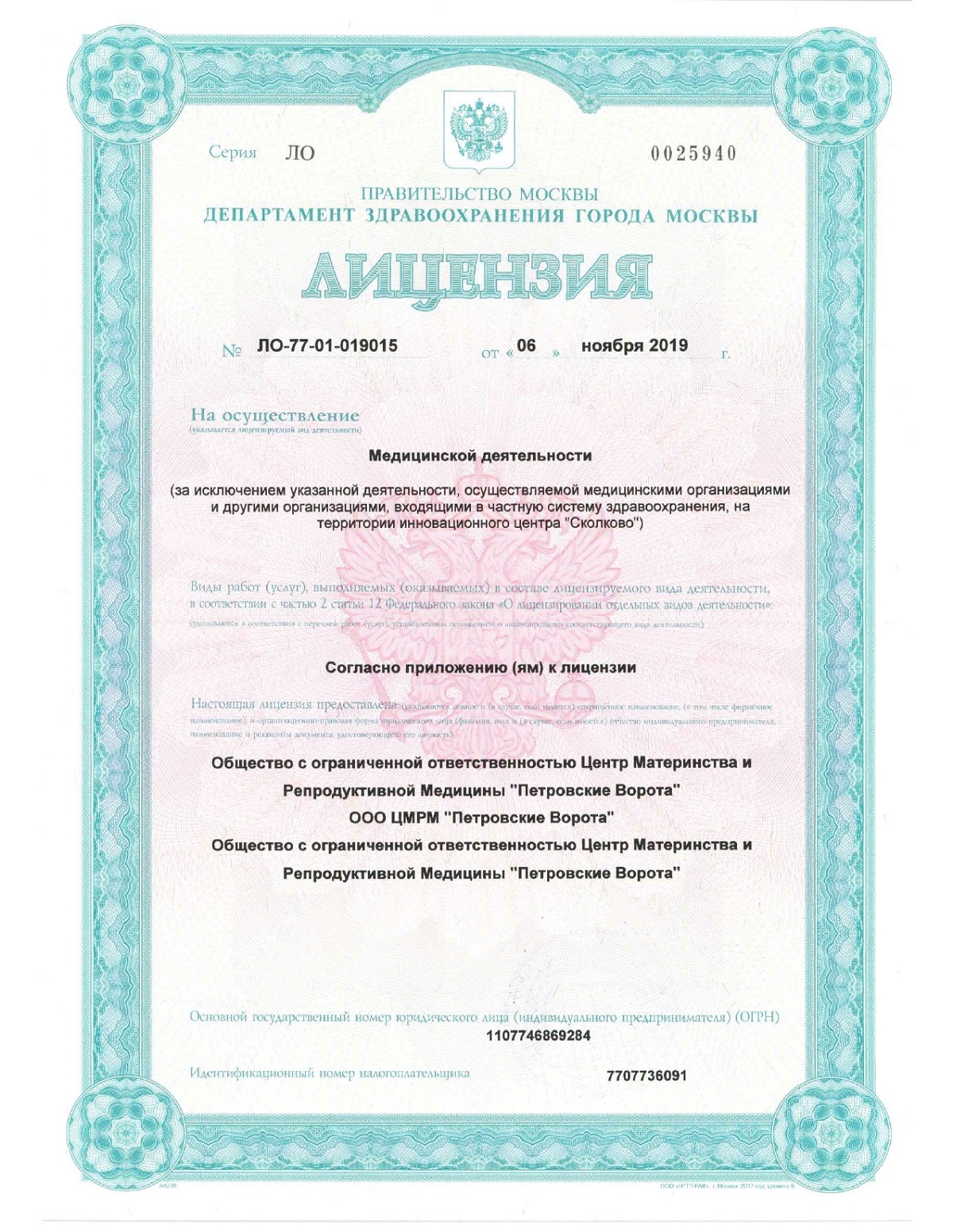
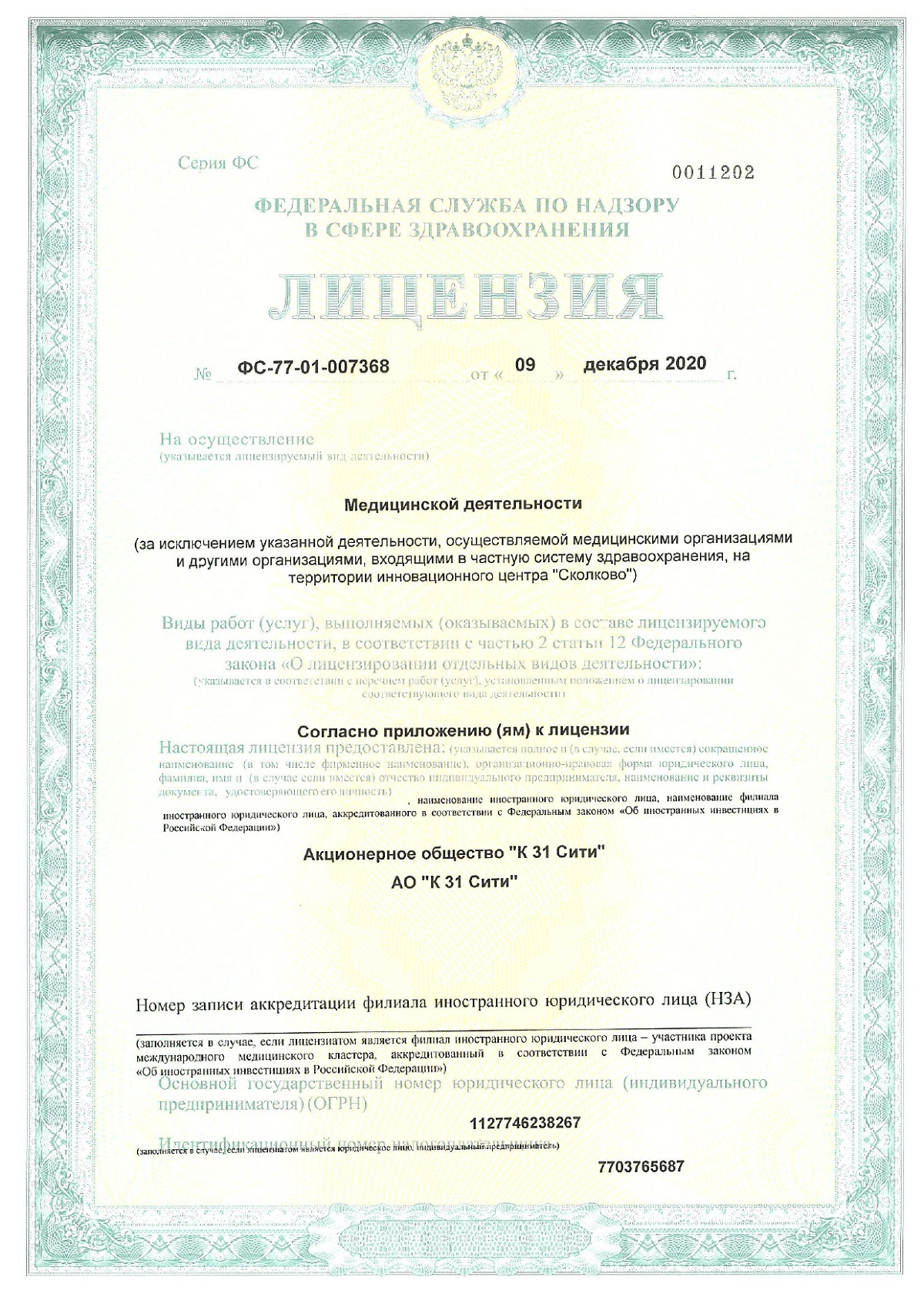

About the service
Laser blepharoplasty involves using a laser as a tool to make precise cuts. In this way, you can remove excess skin and fatty deposits from the eyelids, as well as change their shape. This procedure is effective even if you have a genetic predisposition to problems with the skin around the eyes. It is used on the upper and lower eyelids.
Non-surgical laser blepharoplasty (resurfacing) uses a carbon dioxide laser to treat the skin without incisions. This method works by evaporating the top layer of the dermis. At the same time, the processes of rejuvenation and restoration of the skin are activated.
The main feature of the procedure is the use of fractional laser exposure. This method involves dividing a laser beam into many small ones. These rays create microscopic holes in the skin.
Fractional laser blepharoplasty can be deep or superficial. The deep impact of the laser reaches up to 1000 microns in depth. The depth of surface exposure varies from 50 to 150-200 microns. The effects of these procedures differ depending on the depth of exposure.
Such procedures are not surgical interventions in the full sense of the word, since they affect only the skin and are usually performed under local anesthesia.